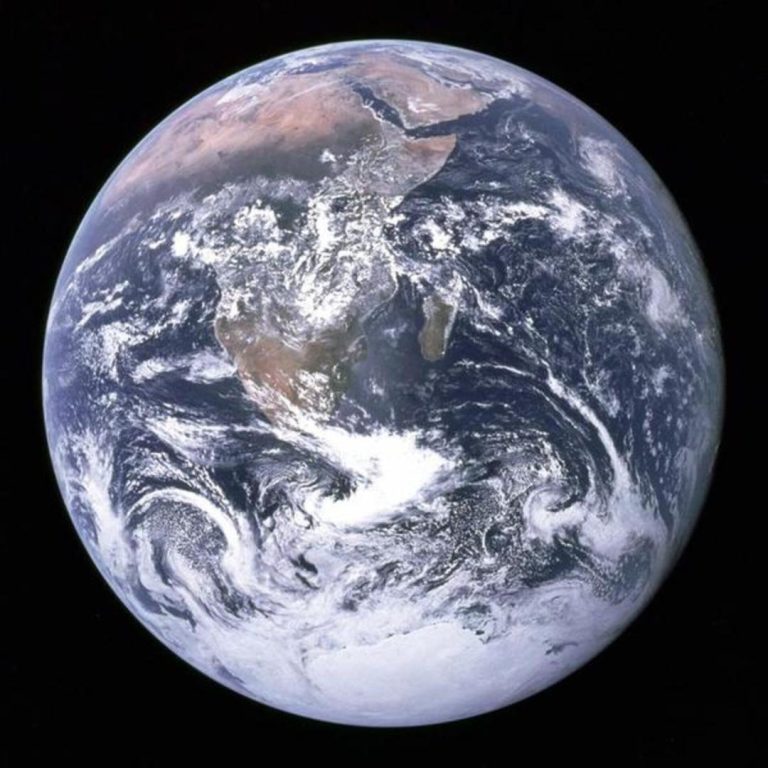
Pics show partial solar eclipse in skies over US, UK & Europe
Saturday marked a rare astronomical event as a partial solar eclipse took place across the Northern Hemisphere, captivating the attention of skygazers in the United States, United Kingdom, and parts of Europe. The partial solar eclipse, which was the first of the year, was a sight to behold, with pictures of the phenomenon surfacing online, giving the world a glimpse into the breathtaking spectacle.
The partial solar eclipse occurred when the moon passed between the Earth and the sun, partially blocking the sun’s light and casting a shadow on the Earth. However, the eclipse was not visible in India, as the moon’s path of totality did not pass over the country.
Skygazers across the US, UK, and Europe were treated to a rare sight, as the sun appeared to rise twice, due to the partial eclipse. The unusual occurrence was captured in stunning photographs, showcasing the moon’s shadow on the sun’s surface.
Residents of the affected regions took to social media to share their experiences and photos of the partial solar eclipse. Many amateur astronomers and photographers flocked to locations with clear skies to capture the momentous event.
In the UK, the eclipse was visible in parts of Scotland, Wales, and Northern Ireland. The Royal Astronomical Society (RAS) provided viewing guidance for the public, urging them to take necessary precautions to protect their eyes during the eclipse.
In the US, the partial solar eclipse was visible across the eastern and central regions, with major cities like New York, Chicago, and Atlanta experiencing the phenomenon. NASA provided a map of the eclipse’s path, helping Americans plan their viewing experiences.
In Europe, the eclipse was visible in parts of France, Germany, and Italy. The European Space Agency (ESA) shared stunning images of the eclipse, captured by its Earth-observing satellites.
The partial solar eclipse was a reminder of the awe-inspiring beauty of celestial events. It also served as a reminder of the importance of responsible viewing practices during such events, as direct exposure to the sun’s light can cause permanent eye damage.
The next solar eclipse is expected to take place in December 2024, when a total solar eclipse will be visible across parts of North America. Mark your calendars, astronomy enthusiasts!






